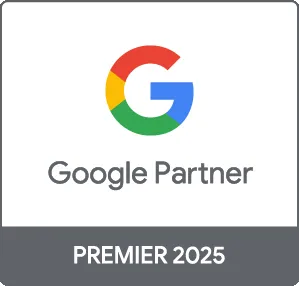Dynamic ad targeting is a powerful feature in Google Ads that allows advertisers to automate ad creation and better reach potential customers based on their browsing behavior. In this comprehensive guide, we'll explain how dynamic ad targeting works, its benefits, and how to set it up for your campaigns. Whether you're a seasoned marketer or just starting, you'll learn how to leverage this feature to improve your advertising effectiveness.
What is Dynamic Ad Targeting?
Dynamic ad targeting uses automated technology to display relevant ads to users based on their previous interactions and behavior across the web. This approach ensures that the ads seen by potential customers are tailored to their interests, increasing the likelihood of engagement and conversions.
Benefits of Dynamic Ad Targeting
- Increased Relevance: Show users ads that align with their interests, leading to higher click-through rates.
- Time-Saving: Automatically create ads without the need for extensive manual input, freeing up time for strategizing.
- Better Performance Tracking: Gain insights into which ads perform best, enabling data-driven optimizations.
How to Set Up Dynamic Ad Targeting
1. Create a Dynamic Feed
To start, you'll need to create a dynamic feed that contains your product or service information. This feed includes details such as product titles, descriptions, images, and prices. You can use Google Sheets, XML files, or inventory management systems to create the feed.
2. Set Up a Google Ads Campaign
Next, log into your Google Ads account and create a new campaign. Choose the campaign type that fits your goals - typically, a Display or Search campaign works best for dynamic ads.
3. Configure Dynamic Ad Groups
Within your campaign, you can create ad groups that incorporate dynamic ads. Specify the target audiences and set the conditions under which the ad should be shown. This can include criteria such as remarketing lists or interests based on previous website visits.
4. Optimize Your Ads
Review performance metrics regularly to identify which dynamic ads are delivering the best results. Make adjustments based on audience feedback, adjusting your feed, and ad creative as necessary to maximize effectiveness.
Conclusion
Dynamic ad targeting in Google Ads can elevate your advertising strategy by automating ad creation and enhancing user engagement. By understanding how to implement and optimize this feature, you can drive better results for your campaigns and ultimately, increase your Return on Investment (ROI). At Prebo Digital, we specialize in Google Ads management and can help you leverage dynamic ad targeting to boost your online presence. Contact us today for a consultation!





